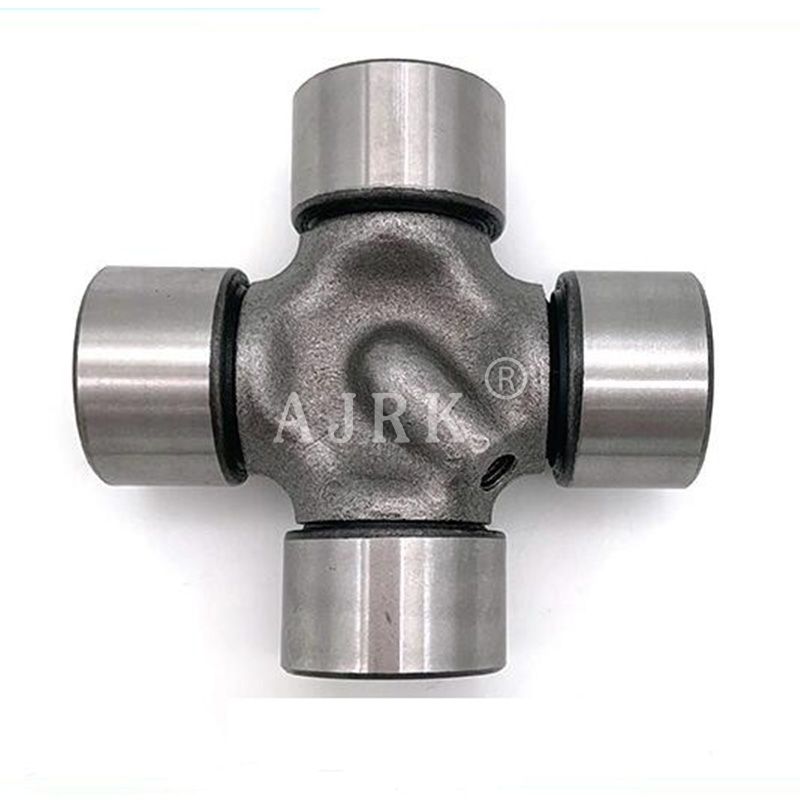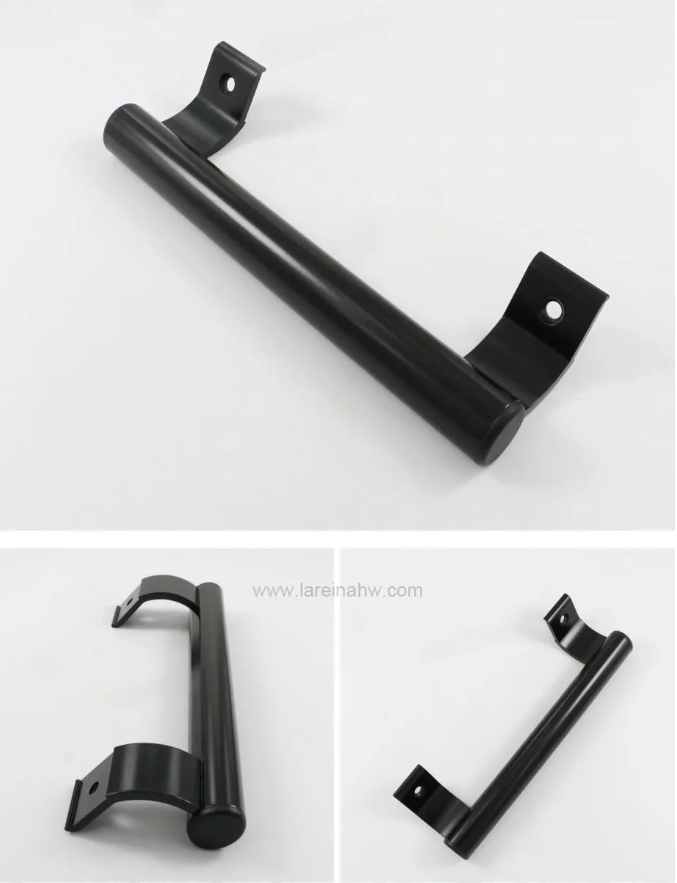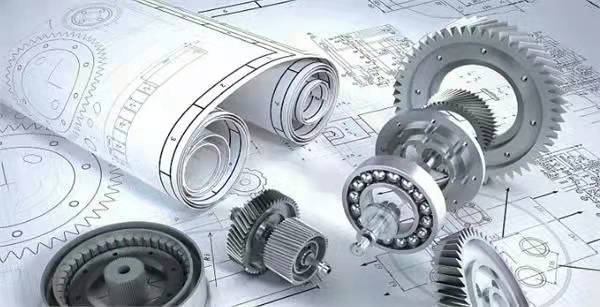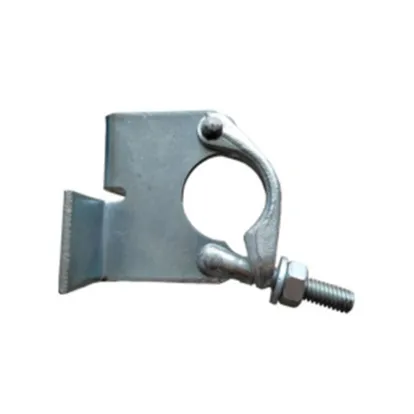How to Select Formwork Accessories Wing Nut?
Understanding Formwork Accessories
When undertaking construction projects, selecting the right formwork accessories plays a critical role in ensuring structural integrity and efficiency. Among these accessories, the wing nut stands out as an essential component in maintaining stability and securing formwork systems. To help you make an informed choice regarding wing nuts, here are some key considerations that blend expertise and experience.Factors to Consider When Selecting Wing Nuts
1. Material Composition
The material of the wing nut is paramount. Typically, wing nuts are made from various materials, including steel, aluminum, and plastic. Steel wing nuts are robust and suited for heavy-duty applications, while aluminum options provide a lighter alternative without compromising strength. Plastic wing nuts, on the other hand, can be ideal for lighter, temporary formwork applications but may lack the load-bearing capabilities of metal variants. Choose a material that aligns with the specific requirements of your project, considering factors such as weight, load, and environmental conditions.2. Size and Compatibility
Another crucial factor is the size of the wing nut. Different formwork systems will require specific dimensions and thread sizes. It’s essential to ensure compatibility between the wing nut and the formwork solution you’re using. Measure the existing bolts or rods to determine the size of the wing nut required, and consult the manufacturer’s specifications for details on thread dimensions and fittings. Using the wrong size can lead to improper securing of formwork, risking structural safety.3. Load-Bearing Capacity
Evaluate the load-bearing capacity of the wing nut, which is often influenced by the material and design. Wing nuts that are tested for higher loads can offer enhanced safety for heavy or complex forms. It's advisable to check for certifications or test results from the manufacturer to gain confidence in your choice. Remember, a wing nut’s ability to withstand external forces, such as wet concrete weight or environmental factors, is indispensable in formwork assemblies.4. Ease of Use
A significant advantage of wing nuts is their design, which allows for quick and easy hand-tightening. When selecting your wing nuts, consider how user-friendly they are. Some designs have larger wings that offer better grip, making it easier for workers to adjust and secure them. This is especially beneficial on job sites where efficiency is essential, helping to reduce time and improve labor productivity. Always err on the side of comfort and practicality when making your selection.5. Durability and Corrosion Resistance
Durability is a trait that should never be overlooked. Wing nuts are exposed to various conditions, including moisture, acids, and other harsh materials. If your project is taking place in a humid environment or structures that use chemically aggressive materials, corrosion resistance becomes a central concern. Look for wing nuts with protective coatings or those made from stainless steel or treated alloys that resist wear and tear over time.6. Cost vs. Quality
Budget constraints can influence your choice; however, it’s critical to find a balance between cost and quality. Inexpensive options may save money initially but could lead to issues like frequent replacements or safety risks down the line. Invest in wing nuts that might be slightly more expensive but offer high-quality performance, longevity, and reliability to prevent future complications that could jeopardize your project.Practical Applications
To truly understand the importance of selecting the right wing nut, let’s explore some practical scenarios:- **Vertical Formwork:** When supporting vertical structures, wing nuts ensure that the panels remain tightly secured against unpredictable stresses. For heavy concrete walls, opt for steel wing nuts that guarantee high load-bearing strength.- **Shoring Systems:** In shoring systems where load distribution is vital, using wing nuts with superior durability can prevent potential failures due to movement or shifts in weight.- **Temporary Structures:** For temporary formwork, such as for small projects or residential constructions, plastic wing nuts may suffice, offering ease of use and fast assembly without breaking the bank.Conclusion: Making an Informed Choice
Selecting the right wing nut is more than a straightforward decision; it demands an understanding of various elements, including material properties, compatibility, and overall performance. By considering the factors outlined above, you can confidently choose wing nuts that not only meet your project’s needs but also uphold safety and efficiency standards.Lastly, always consult with manufacturers or experienced professionals when in doubt. Their expertise can provide additional insights, ensuring that your choice of wing nuts supports the overall success of your construction endeavors. Making informed decisions today will not only streamline your current projects but also enhance the quality of your outputs for years to come.Want more information on Formwork Accessories Wing Nut, plastic wheel spacers, bentonite water stops? Feel free to contact us.
Recommended article:How Wing Nuts Revolutionize Modern Construction Techniques?
What are the best industrial tool brands?
Best Hand Tool Brands in 2023- A Comprehensive Guide on the manufacturers
Types of Concrete Anchor Bolts
Show us your made in China tools.
Key Differences between Prestressing and Post-Tensioning
Ultimate Guide to Rapid Tooling Solutions: Answers to Your Top QuestionsRecommended article:
Why is sheet metal fabrication important?
The Ultimate Guide to Custom Aluminum Extrusion Cost
How do you fix a sliding window that won't slide?
4 Tips to Decide Between Extrusion and Sheet Metal Fabrication
How Does Extrusion Compare to Sheet Metal Fabrication?
How Does Advanced 3D Printing Technology Work?
Precision CNC Turning Lathe Machining: Traditional vs. Modern Techniques







